Discover The Shopify Growth Show
The Shopify Growth Show

The Shopify Growth Show
Author: Jim Huffman
Subscribed: 29Played: 536Subscribe
Share
© 2025 Jim Huffman
Description
What would you do if you were starting today? To help, here are half-baked startup ideas, growth marketing tactics, and stories from founders and creators - including my own journey as a bootstrapped business owner. All of the content is centered around helping founders, creators, and investors starting today.
226 Episodes
Reverse
Imagine launching a brand and making a million in sales in just a week. In today’s episode, you’ll hear from Brian Lockard, who launched a brand that aims to bring nurses shoes that make them feel like the respected professionals they are. Listen to the episode to hear what Brian has to say about founding BALA shoes: why he decided to market to nurses specifically, what it was like to go in on the brand 100%, and what Brian is doing to reach the next level of growth.Topics Discussed in Today’s Episode:How Brian came up with the idea for BALA nursing shoesWhy Brian selected nurses as a market instead of going more broadlyHow Brian approached his finances when he was starting upThe influence that working at Nike had on the BALA When Brian started to see that they had a product that people wantedHow BALA’s launch aligns with the narrative about fundraisingHow Brian came up with the name BALAThe most unexpected challenge Brian has hadBrian’s favorite toolsAdvice Brian would give to a D2C founder starting todayThe nicest thing anyone has done for Brian in his careerResources:Brian LockardBALAJim Huffman websiteJim's TwitterGrowthHitThe Growth Marketer's Playbook
Most brands focus on what works in November. Smart brands plan for what happens in January. In Part 2 of our Black Friday Growth Series, Jim Huffman shares the strategic lens every DTC operator should adopt before running another BFCM campaign.Following up on the tactical BFCM episode, Jim goes deeper — exploring the downstream effects of your Q4 strategy and how to win long-term. He covers what separates high-ROI brands from revenue-chasers, how to evaluate customer acquisition quality during peak season, and how to balance margin, brand, and lifetime value when everyone else is just trying to “make noise.” This isn’t about bigger discounts. It’s about smarter growth.TOPICS DISCUSSED IN TODAY’S EPISODEThe biggest mistake brands make during BFCMHow to set Q4 goals that don’t backfire in Q1Why who you acquire in Q4 matters more than how manyOffers that build loyalty vs offers that attract deal-chasersHow to use BFCM for email growth and long-term leverageThe mindset shift that separates pro operators from seasonal brandsResources:Growth Marketing OS (Operating System) GrowthHitJim Huffman websiteJim's LinkedinJim's TwitterThe Shopify Growth School Additional episodes you might enjoy:Startup Ideas by Paul Graham (#45)Nathan Barry: How to Bootstrap a Company to $30M in a Crowded Market (#41)How I Met My Biz Partner and Less Learned Hitting $2M ARR (#44)Ryan Hamilton on his Netflix special, touring with Jerry Seinfeld, & how to write a joke (#10)How We're Validating Startup Ideas (#51)
Black Friday and Cyber Monday aren’t just about slapping on a discount. In this episode, Jim Huffman breaks down the offer-led strategies and conversion playbooks top DTC brands use to turn Q4 into their most profitable months - without relying on bloated budgets or ad spend.Originally aired as a guest appearance on the Ecwid eCommerce Show, Jim reveals the full GrowthHit playbook for building winning Black Friday/Cyber Monday campaigns. He dives deep into offer-led growth, conversion rate hacks, retention strategies, email tricks that actually work, and how to survive the Q1 hangover. Whether you’re a scrappy DTC founder or scaling a 7-figure Shopify brand, this is your tactical guide to owning Q4 without burning out or discounting your business into the ground.TOPICS DISCUSSED IN TODAY’S EPISODEOffer-led growth: the underrated strategy for converting in Q4The best bundles, BOGOs, and bonus offers that increase AOVTactical email patterns: “Oops” sends, internal leaks, and reminders that convertHow to turn customers into marketers for sustainable growthLanding page and ad setup that avoids performance burnoutWhy Q4 success starts with one hero productReal examples from fashion, consumables, and niche DTC brandsIf you’re planning to “wing it” this Black Friday… don’t. This episode gives you the framework to build offers, emails, and experiences that drive real growth in any year. Subscribe for more.Resources:Jim Huffman websiteJim's TwitterGrowthHitThe Growth Marketer's PlaybookThe Shopify Growth School Additional episodes you might enjoy:Startup Ideas by Paul Graham (#45)Nathan Barry: How to Bootstrap a Company to $30M in a Crowded Market (#41)How I Met My Biz Partner and Less Learned Hitting $2M ARR (#44)Ryan Hamilton on his Netflix special, touring with Jerry Seinfeld, & how to write a joke (#10)How We're Validating Startup Ideas (#51)
What happens when you build an 8-figure business in one of the most taboo industries - without a team, funding, or traditional ad channels? Brian Sloan did exactly that. And in this episode, he reveals the unfiltered story behind his wild entrepreneurial path. Jim sits down with Brian Sloan, founder of AutoBlow, to unpack how he built a global DTC sex toy brand that now generates 8 figures annually - with a team of just two. From eBay auctions to viral PR stunts, Brian shares how his unconventional path, deep product focus, and scrappy tactics helped him thrive in a space where Facebook ads and mainstream visibility were off-limits. This conversation pulls back the curtain on manufacturing, media manipulation, brand building, and what it really takes to scale when the rules don’t apply to your category.Key Topics Covered:How Brian went from selling antiques to latex fetishwear to inventing AutoBlowThe viral crowdfunding stunt that made him internet-famous overnightWhy he ditched Amazon - even after major salesHow to get on GQ, Playboy, Howard Stern, and more without a PR teamThe power of press-worthy product ideasWhy focus (on just 2 SKUs) was his biggest growth unlockBuilding a lean team using a global network of niche freelancersIf you’re building in DTC and feel like you’re drowning in overhead or noise, this episode is a masterclass in focus, edge, and unconventional growth.Resources:AutoblowJim Huffman websiteJim's TwitterGrowthHitThe Growth Marketer's Playbook Additional episodes you might enjoy:Startup Ideas by Paul Graham (#45)Nathan Barry: How to Bootstrap a Company to $30M in a Crowded Market (#41)How I Met My Biz Partner and Less Learned Hitting $2M ARR (#44)Ryan Hamilton on his Netflix special, touring with Jerry Seinfeld, & how to write a joke (#10)How We're Validating Startup Ideas (#51)
What do you do when wholesale feels like success but starts killing your brand? For the founders of Mestiza, it meant rewriting the playbook. In this episode, they share how they survived COVID, pivoted to DTC, and built a multi 7-figure fashion business - while raising kids and refusing VC money.Jim is joined by Luisa Takas and Alessandra Perez-Rubio, the powerhouse duo behind Mestiza - a New York-based fashion brand worn by celebrities and loved by loyal customers. The two dive into how they broke into Neiman Marcus early on but quickly realized wholesale wasn’t sustainable. From there, they detail how COVID forced a DTC pivot, how their hero product (“The Shimmy Dress”) became a game-changer, and how they’ve grown profitably while bootstrapping. This is a behind-the-scenes look at resilience, customer obsession, and building a brand with values. TOPICS DISCUSSED IN TODAY’S EPISODEWhy wholesale nearly derailed their brand visionHow COVID forced a DTC rebirth that changed everythingThe power of flagship products like the Shimmy DressTactical tips for customer feedback, crowdfunding, and growthHow they raised a friends-and-family round and used SBA loansWhy being moms made them better foundersThe co-founder dynamic that’s lasted longer than most marriagesIf you’re building a brand and wondering whether to go DTC, how to grow without VC money, or how to survive the messy middle - this episode is pure gold.Resources:MestizaJim Huffman websiteJim's TwitterGrowthHitThe Growth Marketer's PlaybookAdditional episodes you might enjoy:Startup Ideas by Paul Graham (#45)Nathan Barry: How to Bootstrap a Company to $30M in a Crowded Market (#41)How I Met My Biz Partner and Less Learned Hitting $2M ARR (#44)Ryan Hamilton on his Netflix special, touring with Jerry Seinfeld, & how to write a joke (#10)How We're Validating Startup Ideas (#51)
What if you could turn BBQ ribs into a $250K/month Shopify business? That’s exactly what Andrew Buehler did and it started with crowdfunding, cold emails, and serious sales hustle.Jim sits down with Andrew Buehler to unpack one of the most unexpected eCommerce growth stories out there how he launched a premium BBQ brand and scaled it to $250K+ per month without outside investors. Andrew shares his step-by-step process for using crowdfunding to launch, how he activated his network to get early traction, and the exact sales skills that helped him scale. It’s scrappy, smart, and full of lessons for any founder.Key Topics Covered:How to successfully launch with crowdfundingWhy activating your personal network is the ultimate unfair advantageWhat actually matters when you’re launching on ShopifyCold email and sales tactics that drive real customer acquisitionDesign insights that helped build brand credibility fastWhy resilience is more important than fundingIf you’re looking for a launch playbook rooted in hustle - this episode delivers the goods (literally and figuratively).Resources:Urban SmokehouseJim Huffman websiteJim's TwitterGrowthHitThe Growth Marketer's PlaybookAdditional episodes you might enjoy:Startup Ideas by Paul Graham (#45)Nathan Barry: How to Bootstrap a Company to $30M in a Crowded Market (#41)How I Met My Biz Partner and Less Learned Hitting $2M ARR (#44)Ryan Hamilton on his Netflix special, touring with Jerry Seinfeld, & how to write a joke (#10)How We're Validating Startup Ideas (#51)
This episode takes me back to the early days of Neat Apparel, when Claudio and I were just getting started. For those who don’t know, Claudio is my business partner on Neat - our sweat-proof Shopify brand and he has one of the most fascinating backgrounds of anyone I’ve ever worked with.He graduated from Stanford at 20. Climbed to the top of Wall Street. Then pivoted into entrepreneurship—first with a soccer brand, and now with me in performance apparel. In this conversation, we talked through the moment we decided to go all in on Neat.We broke down the actual negotiations that brought us together, why we decided to buy IP before launching, and how we thought about scaling the brand through content, storytelling, and founder alignment. Looking back, it’s wild to see how much of that conversation still shapes how we run Neat today.📋 What we cover:The power of complementary business partnershipsHow we negotiated (even when it was awkward)Why we bought IP before building the brandWhy we decided to skip Amazon and retail—for nowClaudio’s leap from Wall Street to founder lifeThe “goalie mindset” he brings to our businessHow we planned to scale Neat through storytelling and content👉 If you’ve ever thought about taking on a co-founder, starting a brand from scratch, or buying IP—this episode gives you the raw behind-the-scenes of how it really comes together.Resources:Neat ApparelStorelliGrowthHitJim Huffman websiteHow We're Growing Neat (Build in Public)Additional episodes you might enjoy:Startup Ideas by Paul Graham (#45)Nathan Barry: How to Bootstrap a Company to $30M in a Crowded Market (#41)How I Met My Biz Partner and Less Learned Hitting $2M ARR (#44)Ryan Hamilton on his Netflix special, touring with Jerry Seinfeld, & how to write a joke (#10)How We're Validating Startup Ideas (#51)
Would you turn down funding after being featured on Shark Tank? Eric Bandholz did. In this episode, he breaks down how Beardbrand became one of the most iconic DTC companies 0 built on freedom, grit, and a wild Reddit strategy.Jim talks with Eric Bandholz, founder of Beardbrand, about the raw, real story of building a DTC cult brand from scratch. Eric shares how he turned a niche grooming obsession into a 7-figure business - without funding, with help from Reddit, and by staying fiercely true to his values. It’s a founder story that throws out the rulebook.Key Topics Covered:Why school nearly derailed his founder pathThe power of community-led growthHow Reddit became his early traction channelGetting featured on Shark Tank (and what happened next)Bootstrapping lessons and the real gift of staying leanProduct expansion done rightWhy building a network is your secret growth weaponIf you believe in the power of community, conviction, and scrappy marketing - you’ll love this episode.Resources:Ecommerce ConversationsBeardBrandJim Huffman websiteJim's TwitterGrowthHitThe Growth Marketer's PlaybookThe Shopify Growth ShowAdditional episodes you might enjoy:Startup Ideas by Paul Graham (#45)Nathan Barry: How to Bootstrap a Company to $30M in a Crowded Market (#41)How I Met My Biz Partner and Less Learned Hitting $2M ARR (#44)Ryan Hamilton on his Netflix special, touring with Jerry Seinfeld, & how to write a joke (#10)How We're Validating Startup Ideas (#51)
What if you could build a $25M+ business without raising a single dime?Jesse Pujji has done it - multiple times. From bootstrapping his first agency to launching Gateway X and scaling productized services in the DTC world, Jesse has a blueprint for founders who want to build big without giving away equity. In this episode, he shares how you can do the same. In this episode, Jim sits down with Jesse Pujji (Founder of Gateway X, Co-Founder of Ampush) to break down how he’s built, scaled, and exited businesses without venture capital. Jesse reveals his “Bootstrap Advantage” framework, why he believes most founders overcomplicate their growth strategy, and the exact levers he focuses on to grow companies from zero to eight figures.This isn’t a theory session - it’s a behind-the-scenes look at the systems, mindset, and tactics Jesse uses to build bootstrapped giants.Key Topics Covered:The Bootstrap Advantage: Why it’s the best path for most foundersHow Jesse validates new business ideas (quickly and cheaply)The difference between “Productized Services” and traditional agenciesGrowth levers bootstrapped founders must focus onThe psychology of staying lean while scaling bigJesse’s personal workflow for launching multiple businesses at once If you’re a Shopify founder, DTC marketer, or just someone tired of the VC hamster wheel, this episode is your blueprint.Resources:Jesse Pujji Twitter / XBootstrapped GiantsGatewayXJim Huffman websiteJim's TwitterGrowthHitThe Growth Marketer's PlaybookThe Shopify Growth School Additional episodes you might enjoy:Startup Ideas by Paul Graham (#45)Nathan Barry: How to Bootstrap a Company to $30M in a Crowded Market (#41)How I Met My Biz Partner and Less Learned Hitting $2M ARR (#44)Ryan Hamilton on his Netflix special, touring with Jerry Seinfeld, & how to write a joke (#10)How We're Validating Startup Ideas (#51)
They didn’t just launch a wine brand - they created a whole new category. In this episode, Kendra Kawala shares how Maker Wines went from cold outreach to category leader.Jim talks with Kendra Kawala, co-founder of Maker Wines, about how she turned B2B sales grit into DTC scale. From walking into wine shops cold to managing complex supply chains with 15 wineries, Kendra reveals the realities of launching a new product category — and why going B2B-first gave them an edge most DTC brands miss.TOPICS DISCUSSED IN TODAY’S EPISODEWhy Maker Wines isn’t your typical DTC brandThe early grind of B2B-style salesManaging logistics across 15 partner wineriesWhat business school got right and wrongChoosing the right co-founder for scaleOrder economics and conviction at launchApplying B2B thinking to consumer marketingIf you’re launching something new — or want to scale smart — this is the episode you’ll come back to twice.Resources:https://www.makerwine.com/Jim Huffman websiteJim's TwitterGrowthHitThe Growth Marketer's PlaybookThe Shopify Growth School Additional episodes you might enjoy:Startup Ideas by Paul Graham (#45)Nathan Barry: How to Bootstrap a Company to $30M in a Crowded Market (#41)How I Met My Biz Partner and Less Learned Hitting $2M ARR (#44)Ryan Hamilton on his Netflix special, touring with Jerry Seinfeld, & how to write a joke (#10)How We're Validating Startup Ideas (#51)
It started with a nickname. Then became a joke. And somehow… a 6-figure DTC brand. In this episode, Ryan Rock shares how Fatboy was born and how he turned culture, community, and UGC into a real business.Jim sits down with Ryan Rock to tell the unconventional story behind Fatboy - a brand that started as a laugh between friends and ended up hitting six figures. From pop-up marketing to micro-influencer strategy, Ryan breaks down what it really takes to turn momentum into money (without VC money or fancy tactics).Key Topics Covered:How Fatboy started from an inside jokeThe early wins and major milestonesUGC-first growth and creative content playsPop-ups, local events, and offline hustleBuilding clubs and communities around the brandMicro-influencer and word-of-mouth strategyIf you’re thinking about launching a DTC brand — or want to grow without paid ads — this episode is packed with scrappy tactics and founder truths.Resources:Fat Boy Surf ClubJim Huffman websiteJim's TwitterGrowthHitThe Growth Marketer's PlaybookThe Shopify Growth School Additional episodes you might enjoy:Startup Ideas by Paul Graham (#45)Nathan Barry: How to Bootstrap a Company to $30M in a Crowded Market (#41)How I Met My Biz Partner and Less Learned Hitting $2M ARR (#44)Ryan Hamilton on his Netflix special, touring with Jerry Seinfeld, & how to write a joke (#10)How We're Validating Startup Ideas (#51)
What would make someone spend a small fortune on the domain Couch.com? In this episode, Alex Back reveals the real reasons and how it helped him build and sell a 7-figure business.Jim sits down with Alex Back, founder of Couch.com and Apt2b, to unpack the journey of bootstrapping an eCommerce brand and exiting with impact. From domain strategy to traffic growth and earnouts, this is a masterclass in building smart and selling well. Alex doesn’t hold back on what worked, what flopped, and what he’d do differently.Key Topics Covered:Why “couches” was the niche of choiceThe surprising ROI of a premium domainBuilding sustainable traffic through SEOStructuring a strong co-founder relationshipWhat makes the right time to sellSmart growth hacks that moved the needleWhy earnouts might be underratedIf you’re building, buying, or selling an eCom brand — this episode is packed with real talk and hard-won insights. Subscribe for more tactical founder convos like this.Resources:Couch.comJim Huffman websiteJim's TwitterGrowthHitThe Growth Marketer's PlaybookThe Shopify Growth ShowAdditional episodes you might enjoy:Startup Ideas by Paul Graham (#45)Nathan Barry: How to Bootstrap a Company to $30M in a Crowded Market (#41)How I Met My Biz Partner and Less Learned Hitting $2M ARR (#44)Ryan Hamilton on his Netflix special, touring with Jerry Seinfeld, & how to write a joke (#10)How We're Validating Startup Ideas (#51)
Most brands start online. Robert Nelson did the opposite and it changed everything. He used real-world feedback, military discipline, and pop-up precision to launch a thriving DTC brand.In this episode, Robert Nelson of Just Mystic shares the unconventional path his brand took to gain traction - starting offline with brick-and-mortar and pop-up activations before ever building a Shopify store. With a Marine mindset and data-driven instincts, Robert explains why starting on the ground gave him an edge online.Whether you’re validating a product or scaling DTC, this episode shows why doing it the “wrong” way might be exactly right.Key Topics Covered:Why starting with a physical location validated the product fasterHow in-person pop-ups revealed customer behavior and pain pointsThe move from offline to Shopify — and what changedMilitary leadership lessons applied to brand-buildingUsing basic retail economics to unlock higher marginsFollow The Shopify Growth Show for more real founder playbooks - from brick-and-mortar rebels to AI-native operators.Resources:Just MysticJim Huffman websiteGrowthHitAdditional episodes you might enjoy:Startup Ideas by Paul Graham (#45)Nathan Barry: How to Bootstrap a Company to $30M in a Crowded Market (#41)How I Met My Biz Partner and Less Learned Hitting $2M ARR (#44)Ryan Hamilton on his Netflix special, touring with Jerry Seinfeld, & how to write a joke (#10)How We're Validating Startup Ideas (#51)
We bought a DTC brand. Now we’re putting it through the GrowthHit wringer. This is the actual strategy we’re using to scale Neat Apparel — and yes, we’re sharing everything.In this solo episode, Jim Huffman shares the full behind-the-scenes growth plan for Neat Apparel — a sweat-proof clothing brand recently acquired by GrowthHit. You’ll hear the exact tactics he’s using to revamp the site, increase AOV, build email flows, and tackle paid ads — all with a bootstrapped budget and a sharp eye on product-market fit.If you want a real-time blueprint for scaling a Shopify brand in a red-ocean category, this is it.Key Topics Covered:Why “shut up and listen” was step one post-acquisitionAOV > ROAS: The case for bundling and upsellsHow they’re balancing paid media and scrappy growthTheir ad creative testing process (30+ angles)SEO, seasonality, and what they’re betting on long-termFollow The Shopify Growth Show for more build-in-public breakdowns like this. Real playbooks, no fluff. Resources:The Shopify Growth SchoolNeat WebsiteJim Huffman websiteJim's TwitterGrowthHitThe Growth Marketer's PlaybookAdditional episodes you might enjoy:Startup Ideas by Paul Graham (#45)Nathan Barry: How to Bootstrap a Company to $30M in a Crowded Market (#41)How I Met My Biz Partner and Less Learned Hitting $2M ARR (#44)Ryan Hamilton on his Netflix special, touring with Jerry Seinfeld, & how to write a joke (#10)How We're Validating Startup Ideas (#51)
Most founders talk about comfort. Aman engineered it. His Shopify brand took a pain point, added performance tech, and scaled to 8-figures.Aman Advani didn’t plan on launching a DTC fashion brand. But after hating his own suits while working in consulting, he co-founded Ministry of Supply - a menswear company built around comfort, performance, and design. In this episode, he breaks down how they launched with a viral Kickstarter, found product-market fit fast, and scaled through relentless product iteration.If you’re trying to build a differentiated Shopify brand, this episode is packed with tactical gold.Key Topics Covered:Launching on Kickstarter: strategy, messaging, and momentumEngineering product-market fit from real pain pointsWhy Ministry of Supply doubled down on performance materialsGrowing a fashion brand with DTC + retailCEO-level shifts: what Aman had to learn (and unlearn)If you’re building a Shopify brand that solves a real problem — follow The Shopify Growth Show for weekly founder playbooks and tactical episodes.Resources:Aman AdvaniMinistry of SupplyJim Huffman websiteJim's TwitterGrowthHitThe Growth Marketer's PlaybookThe Shopify Growth Show
No outside funding. No celebrity co-signs. Just grit, discipline, and branding. Bear Handlon built Born Primitive from a single product into a 9-figure eCommerce brand.Born Primitive started as a niche apparel side hustle — now it’s one of the fastest-growing DTC brands in the fitness space. In this episode, founder Bear Handlon shares how he scaled without a dime of VC money, built an operationally lean machine, and turned authenticity into his biggest marketing weapon.If you’re building a brand in a competitive space, this is a blueprint in niche ownership and brand discipline.Key Topics Covered:The mindset shift from side hustle to full-time founderBuilding a resilient supply chain as a bootstrapped brandUsing rejection to sharpen focus and fuel growthBranding lessons from a founder-led businessThe role of military discipline in running a lean Shopify brand Resources:Shopify Growth SchoolGrowth Marketing OS (Operating System) GrowthHitJim Huffman websiteJim's LinkedinJim's Twitter
She didn’t plan to build a Shopify brand. But a personal problem led to a product, and a product led to an 8-figure company — featured on Shark Tank.Yve-Car Momperousse created Kreyol Essence out of necessity — and scaled it with pure hustle, purpose, and community. From importing castor oil in rum bottles to landing deals with Ulta and Whole Foods, this is a masterclass in bootstrapped brand building.In this episode, Jim dives into the exact moments that helped Kreyol Essence break out — from scrappy product-market fit testing to the growth inflection Shark Tank created. If you’re growing a Shopify brand, this one’s a blueprint.Topics We Cover:The “hair loss” moment that launched Kreyol EssenceHow to get traction with zero ad budgetCommunity-first growth: what actually worksWhat a Shark Tank feature does for traffic, retail, and teamNavigating growth when your brand outpaces your opsResources:Yve-Car MomperousseYve-Car on InstagramKreyol EssenceJim Huffman websiteJim's TwitterGrowthHitThe Growth Marketer's Playbook
Your traffic isn’t the problem. Your ads aren’t broken. Your positioning is off. And that’s why you’re stuck.In this solo episode, Jim Huffman shares a live coaching session that breaks down how to actually fix brand positioning — using case studies from Neat Apparel, GrowthHit, and breakout brands like Rocket Money, Warby Parker, and Figma. You’ll learn how better positioning unlocks conversion rate gains, improves messaging, and becomes the foundation for scalable growth.This is the episode for Shopify founders ready to get serious about messaging, differentiation, and the real reasons customers buy.Key Topics Covered:Why your brand pitch likely isn’t working (and how to fix it)Two frameworks to improve your positioning todaySpeaking to 3 customer types: informed, afflicted, and obliviousCase studies: Spanx, Truvani, Adam Shoes, Rocket Money & moreReal examples from GrowthHit and Neat Apparel’s positioning playbookLearn live from Shopify experts. Join our biweekly AI-powered growth sessions - free for founders and marketers - https://shopifygrowthschool.com/ Resources:Shopify Growth SchoolGrowth Marketing OS (Operating System) GrowthHitJim Huffman websiteJim's LinkedinJim's Twitter Additional episodes you might enjoy:Startup Ideas by Paul Graham (#45)Nathan Barry: How to Bootstrap a Company to $30M in a Crowded Market (#41)How I Met My Biz Partner and Less Learned Hitting $2M ARR (#44)Ryan Hamilton on his Netflix special, touring with Jerry Seinfeld, & how to write a joke (#10)How We're Validating Startup Ideas (#51)
What if the polished ads you spent thousands on were actually hurting your brand?In this episode, we explore how real, imperfect content is outperforming big-budget campaigns — and why most Shopify founders are still getting it wrong.Jim Huffman sits down with William Gasner, co-founder of Stack Influence, to unpack the real power behind UGC (user-generated content) and why it’s become a secret weapon for smart eCommerce brands. From influencer seeding to ad fatigue, they get brutally honest about what actually drives conversions in 2025 — and how founders can stop wasting money and start scaling with authenticity.Key Topics CoveredWhy UGC outperforms professional ads in today’s marketThe overlooked value of product seeding (and how to do it right)How to build a content machine that fuels both ads and organic growthWhy creative freedom often leads to better results than tight scriptsThe truth about influencers, follower counts, and what really matters Resources:Jim Huffman websiteJim's TwitterGrowthHitThe Growth Marketer's Playbook Additional episodes you might enjoy:Startup Ideas by Paul Graham (#45)Nathan Barry: How to Bootstrap a Company to $30M in a Crowded Market (#41)How I Met My Biz Partner and Less Learned Hitting $2M ARR (#44)Ryan Hamilton on his Netflix special, touring with Jerry Seinfeld, & how to write a joke (#10)How We're Validating Startup Ideas (#51)
We didn’t mean to sell out — but we did.Every. Last. Unit.In this episode, I break down the exact strategy that took our Shopify brand from launch to “sold out” in 30 days — and how you can steal it for your own store.This isn’t a flex. It’s a cautionary (and highly tactical) tale. After selling out of all inventory at our Shopify brand Neat Apparel in under a month, I walk through the step-by-step system that led to the spike, the problems it created, and the lessons learned in the chaos. If you’re chasing sustainable demand - not just viral traffic - this episode unpacks the real playbook behind a Shopify growth moment.TOPICS DISCUSSED IN TODAY’S EPISODEThe 4-part launch formula that drove immediate sell-throughHow to create urgency without discountsWhat broke behind the scenes (and how we fixed it)The unexpected upside of a sold-out storeWhy every brand needs a “sold out” contingency planResources:GrowthHitJim Huffman websiteJim's LinkedinJim's TwitterThe Sold-Out PlaybookAdditional episodes you might enjoy:From concept to $24M in 2 years 🤑 - The Shopify Growth Show (#1)Launching a Brand From Idea to Product with Liz Long - The Shopify Growth Show (#2)


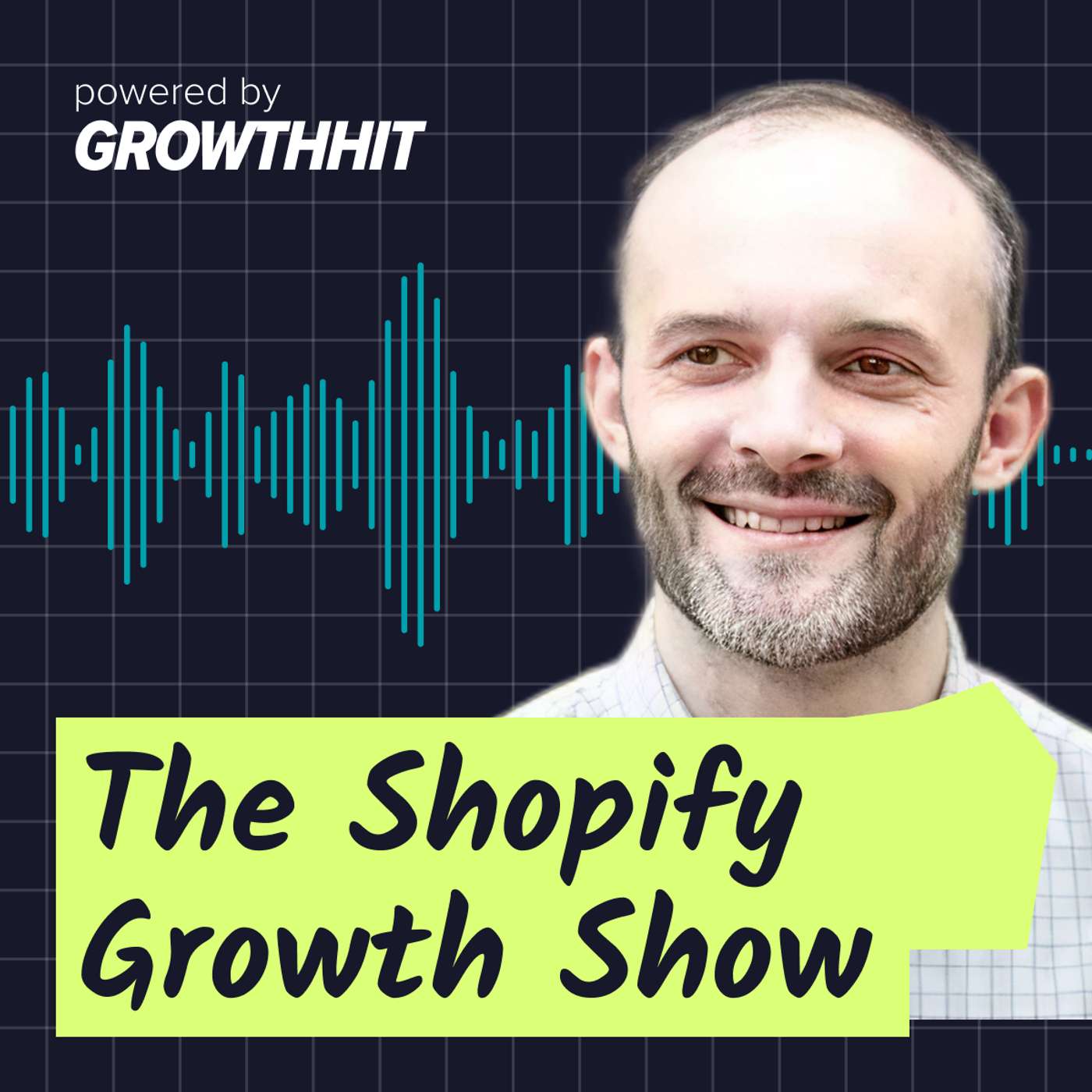
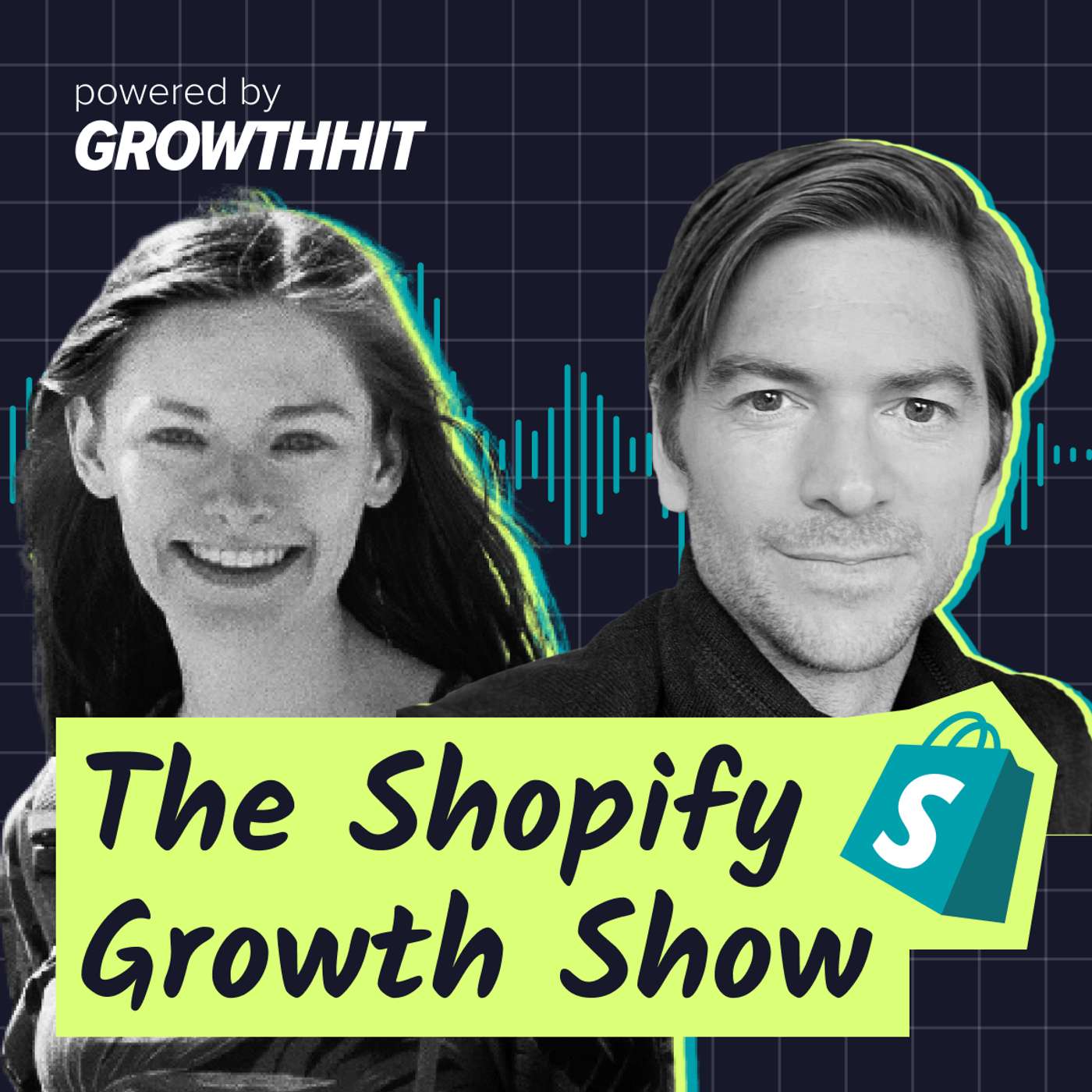
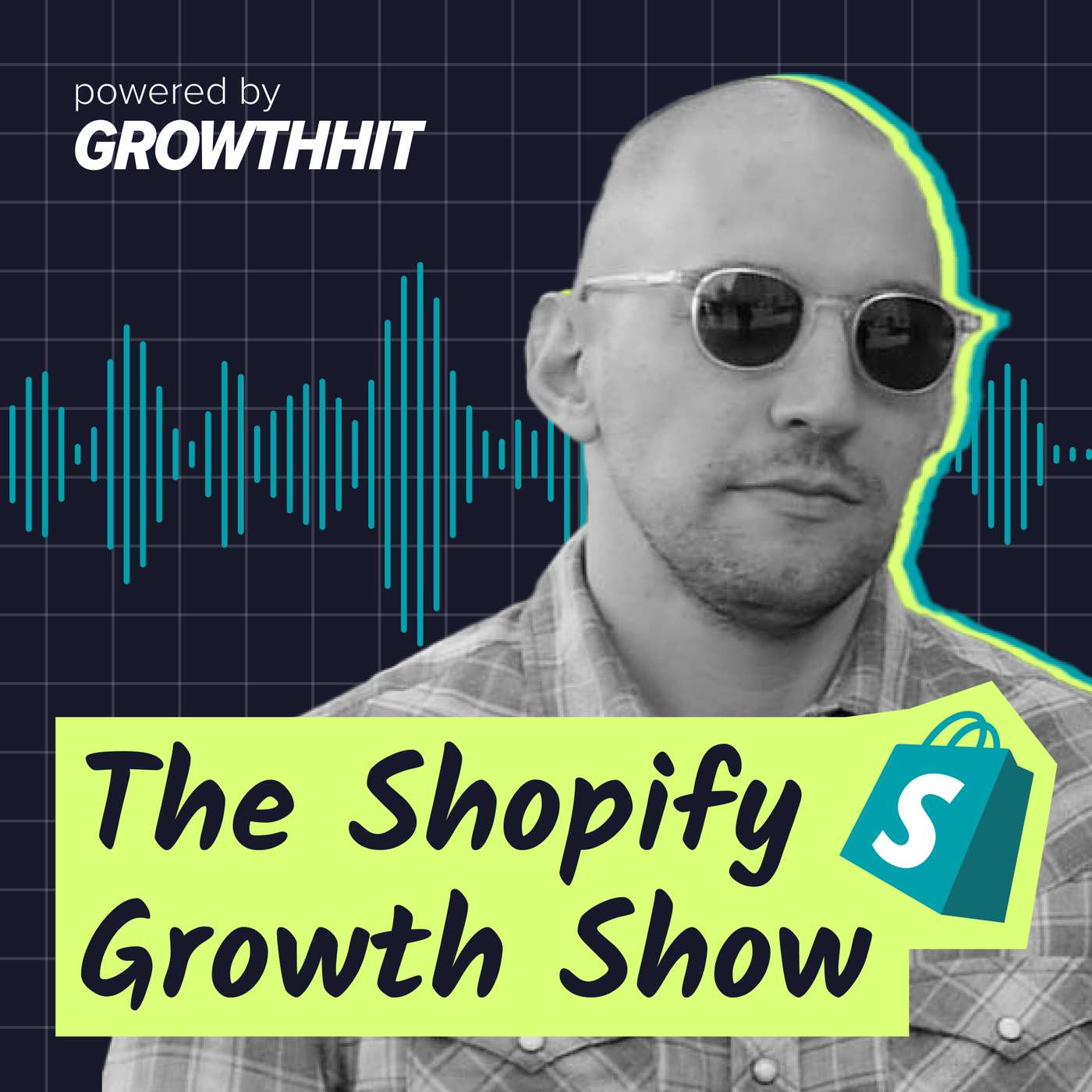
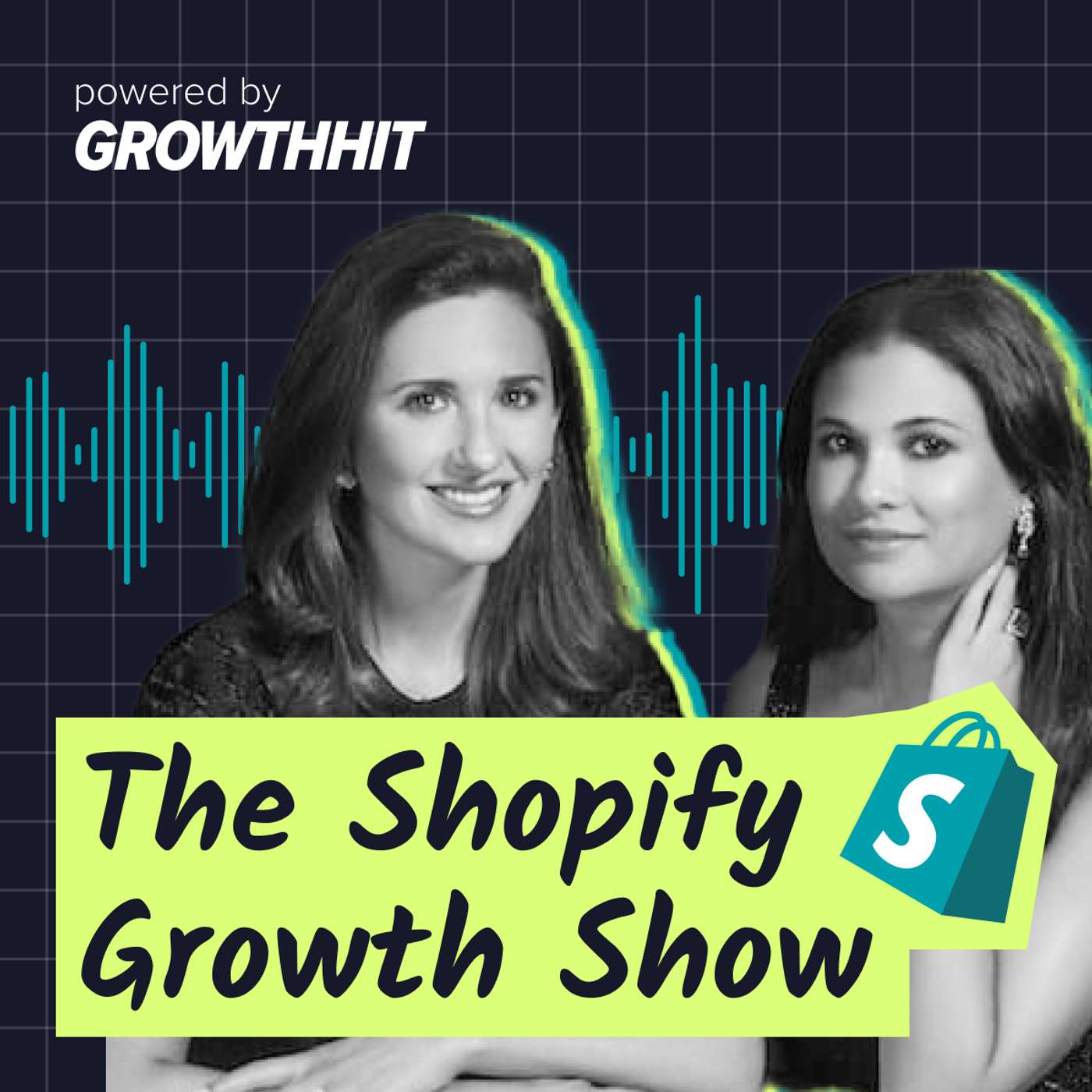
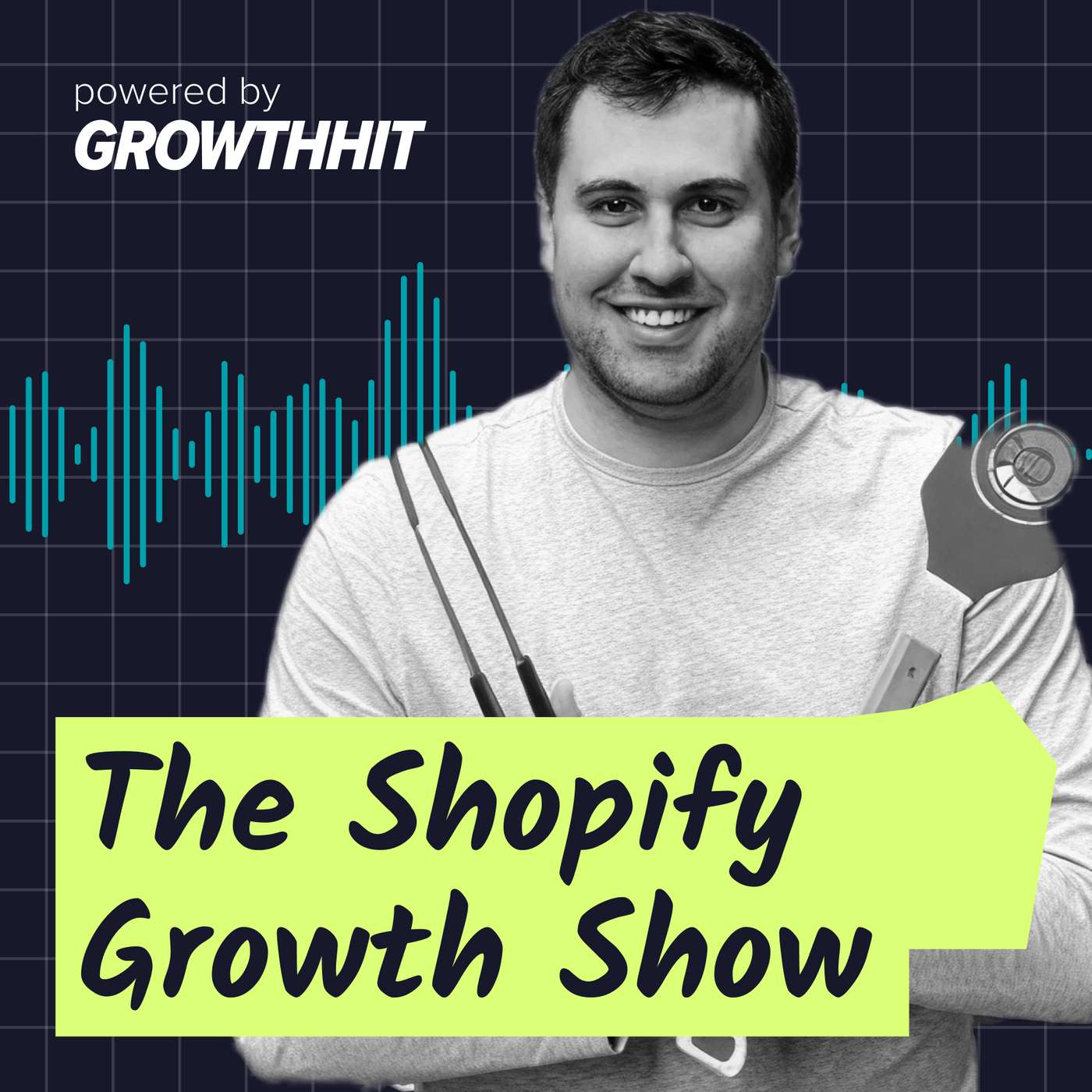
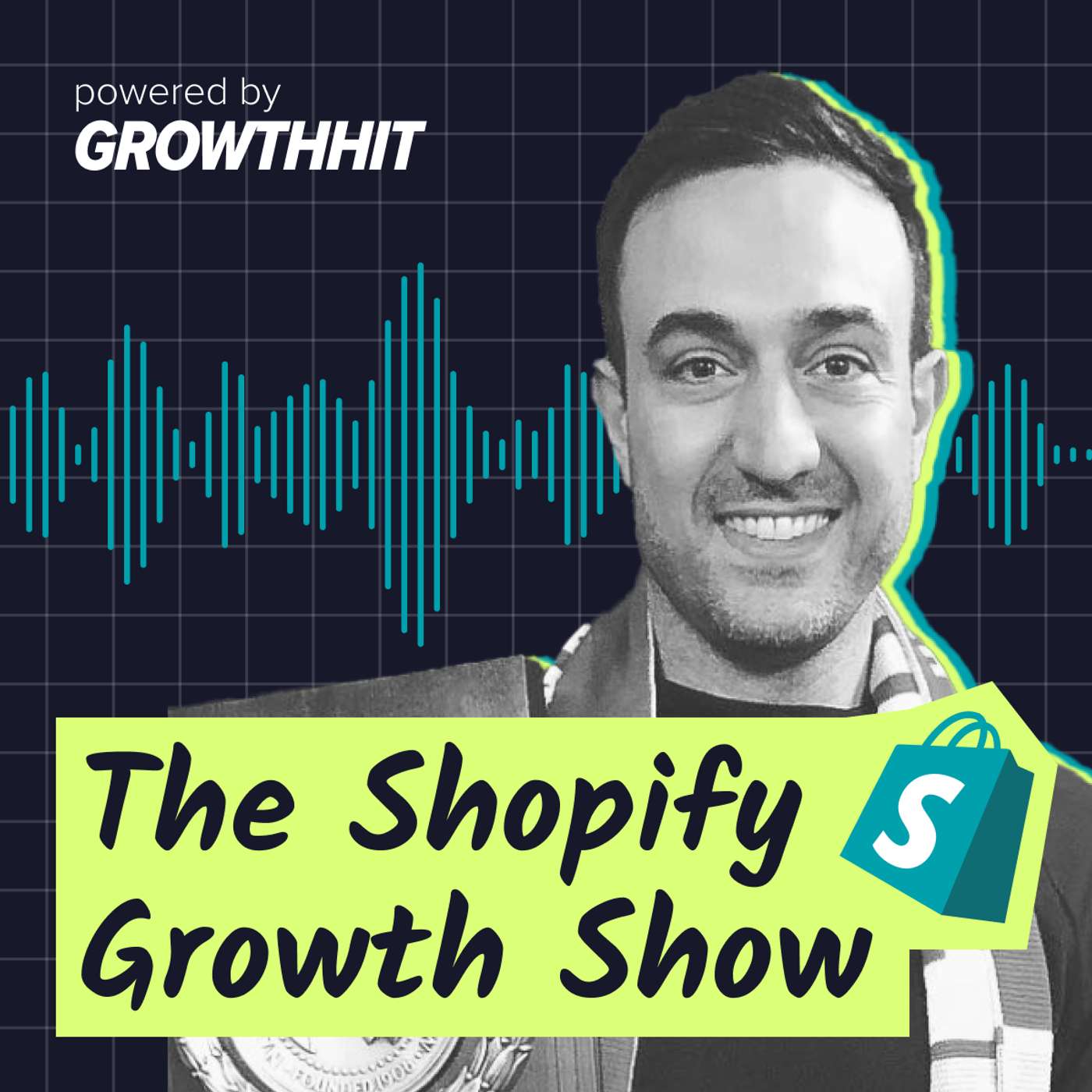
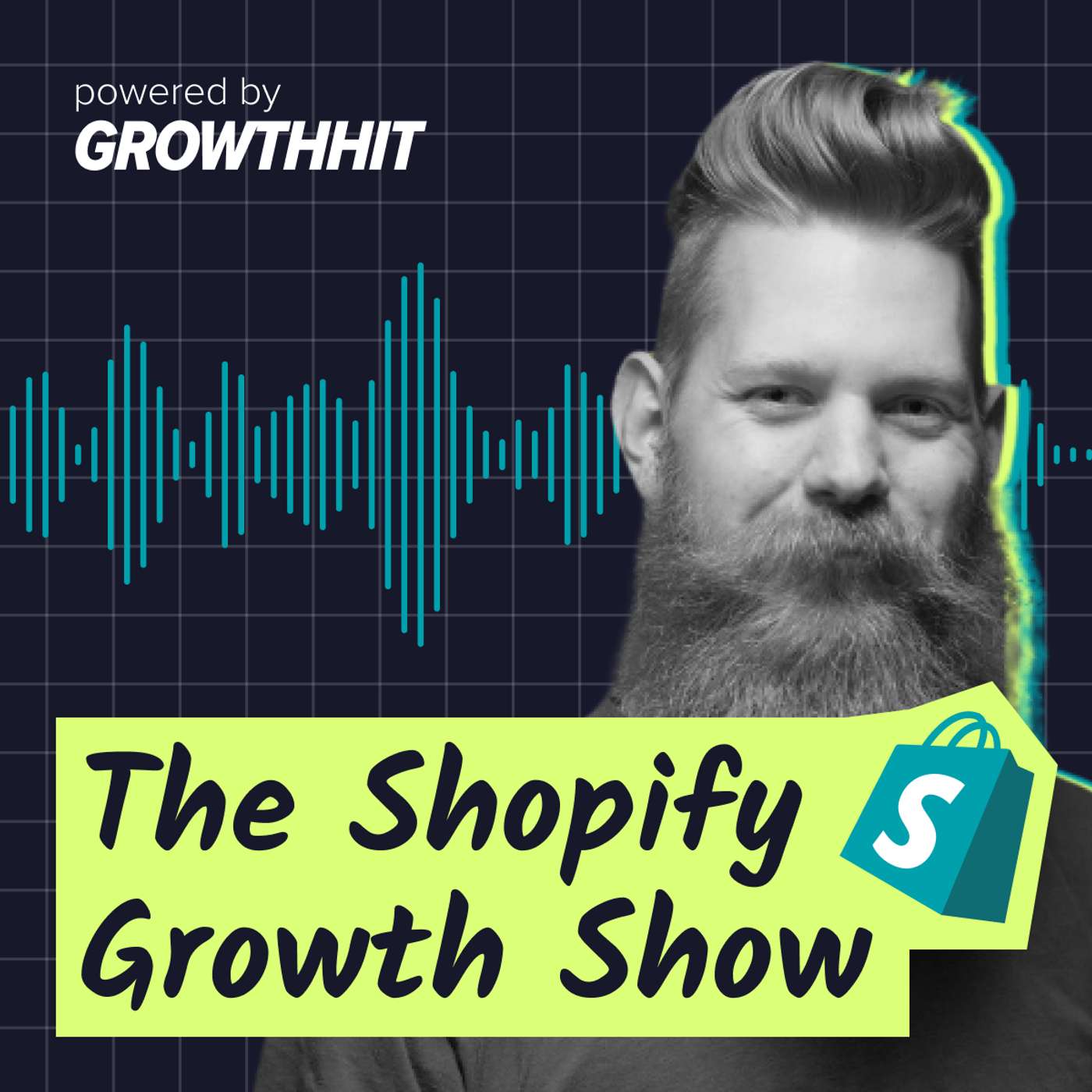
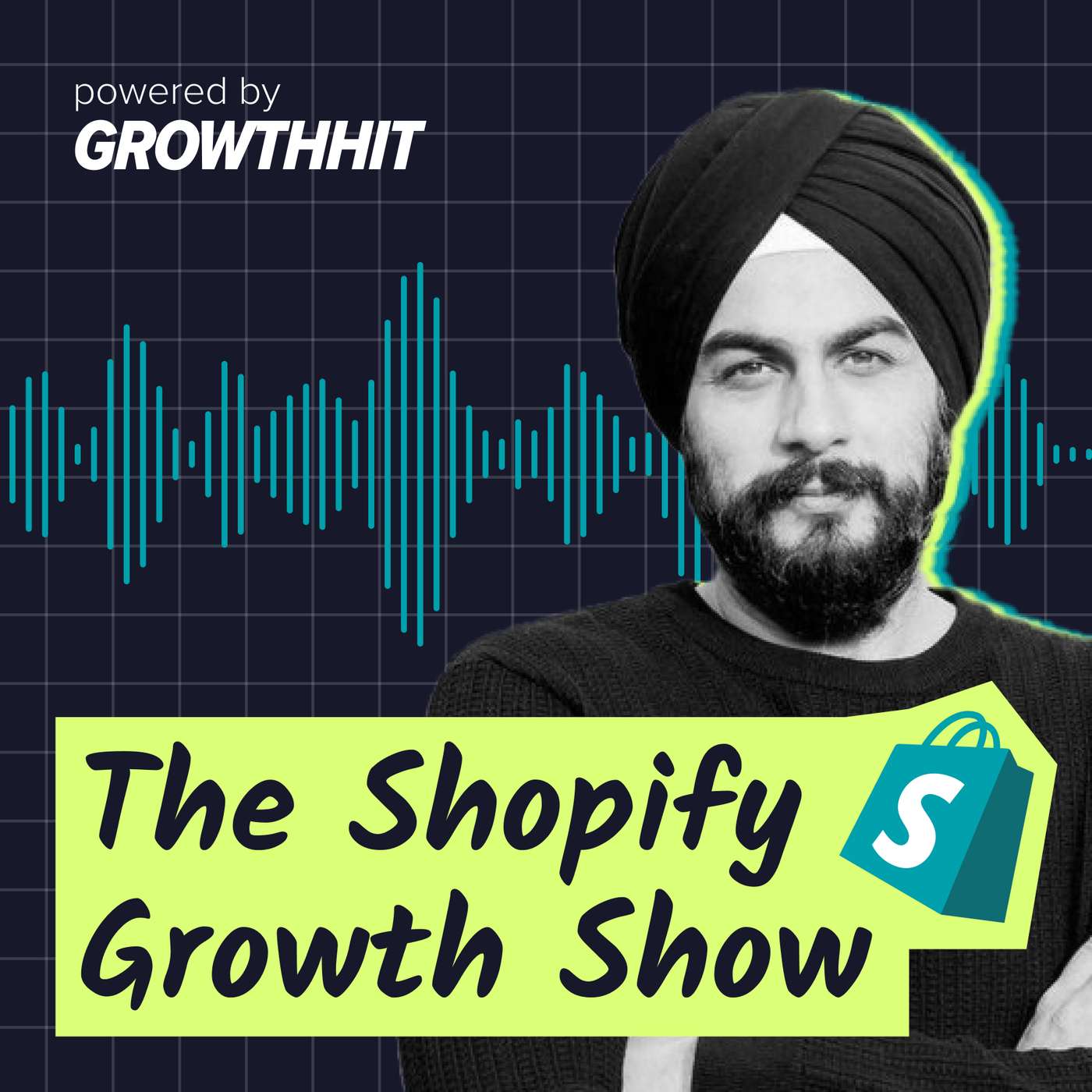
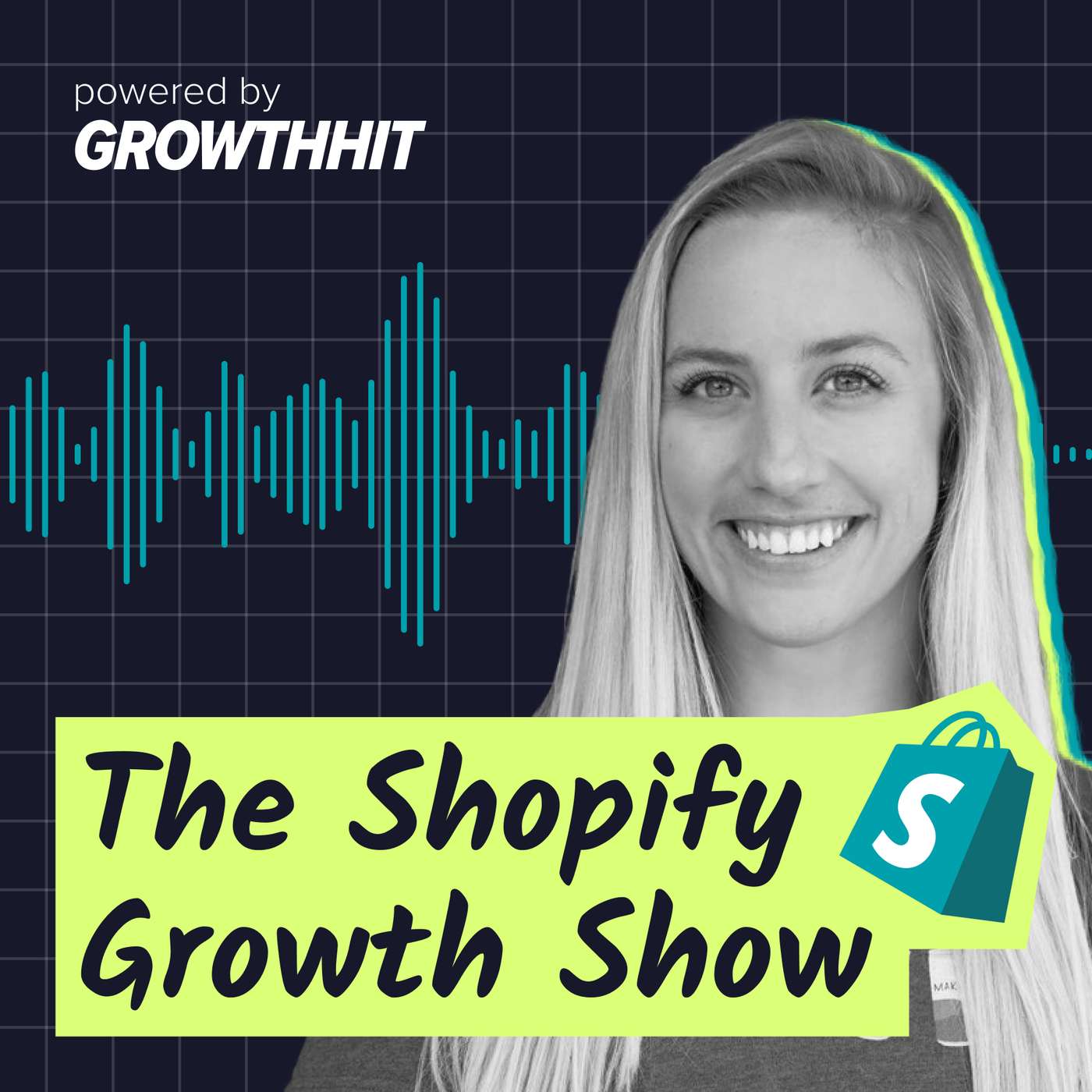
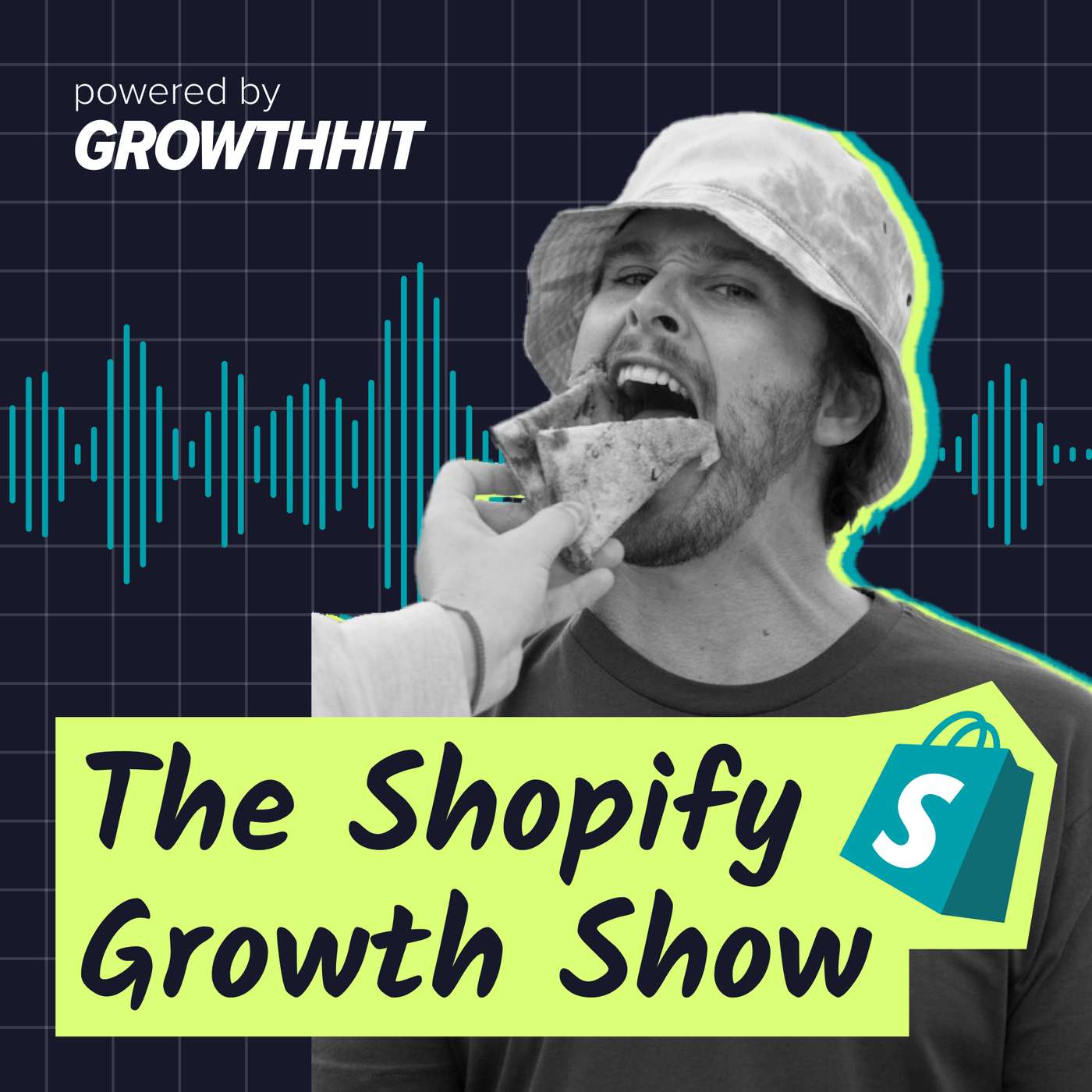
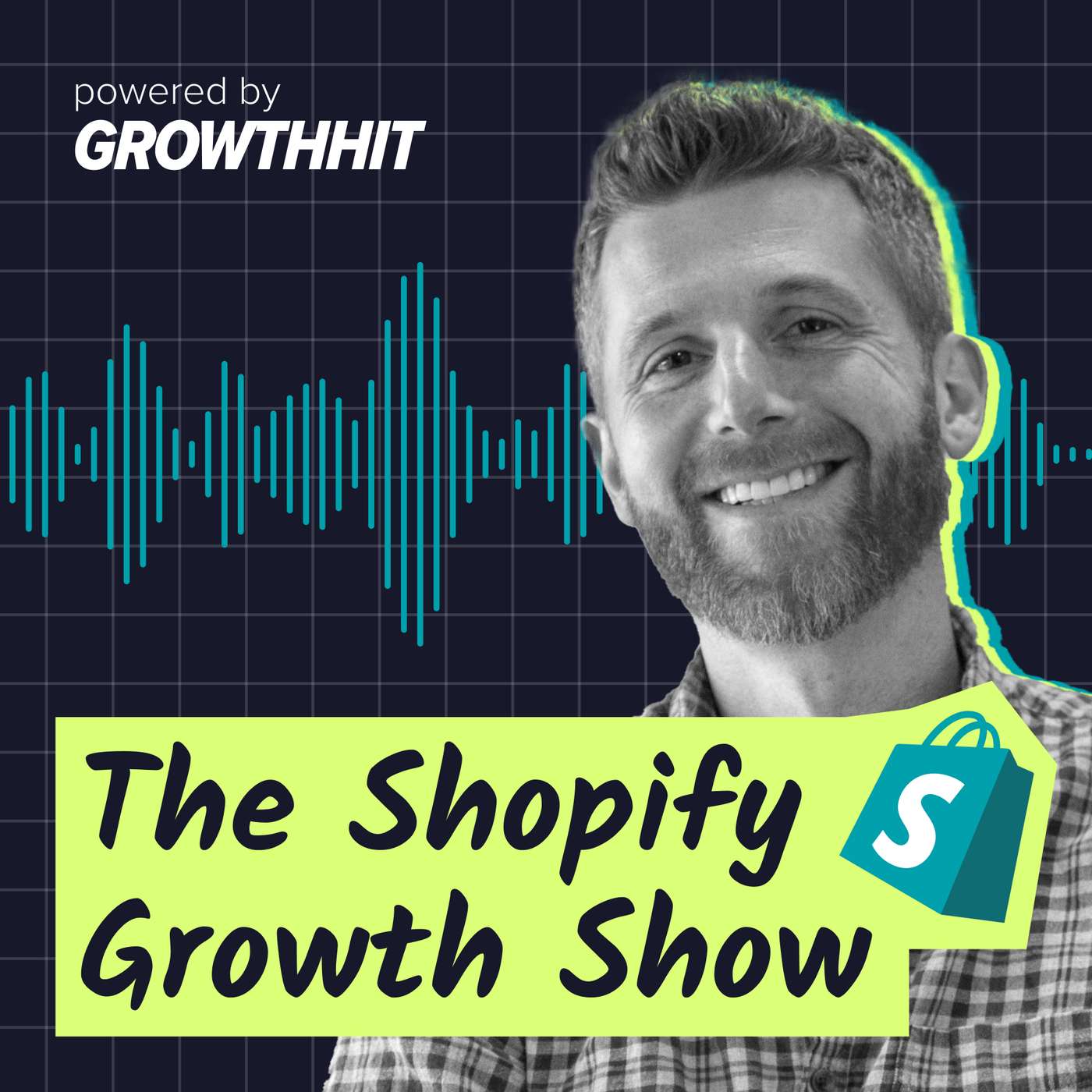
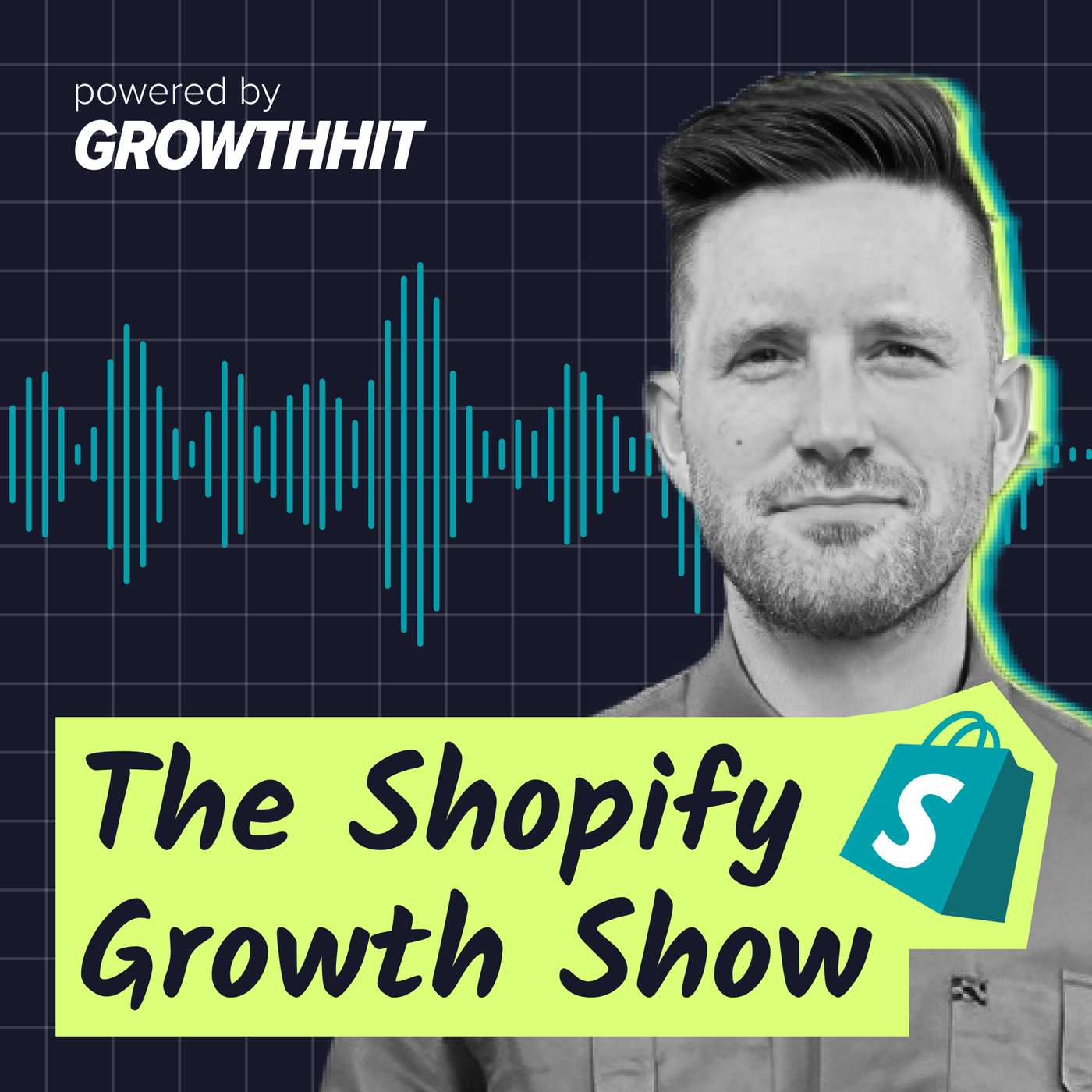
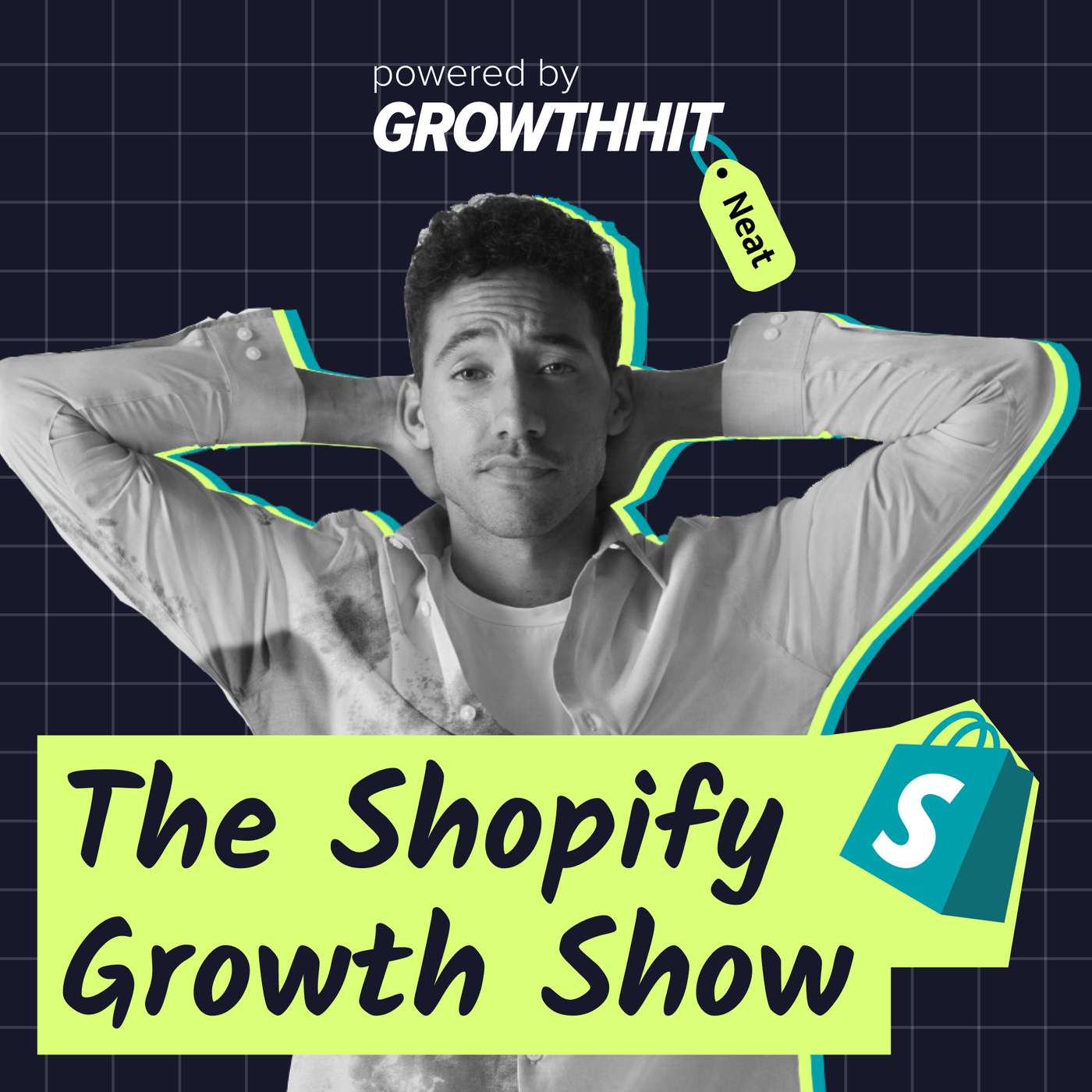
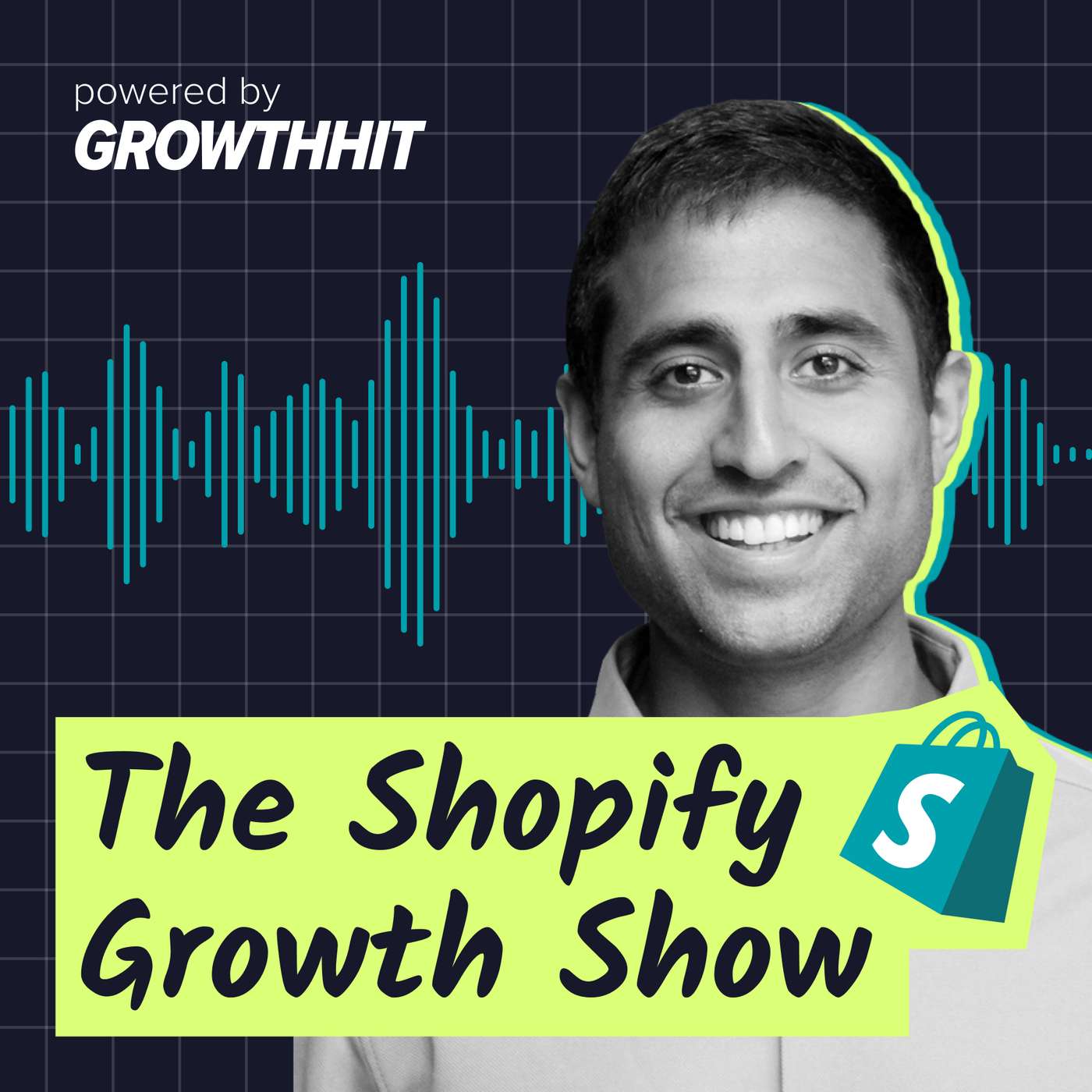
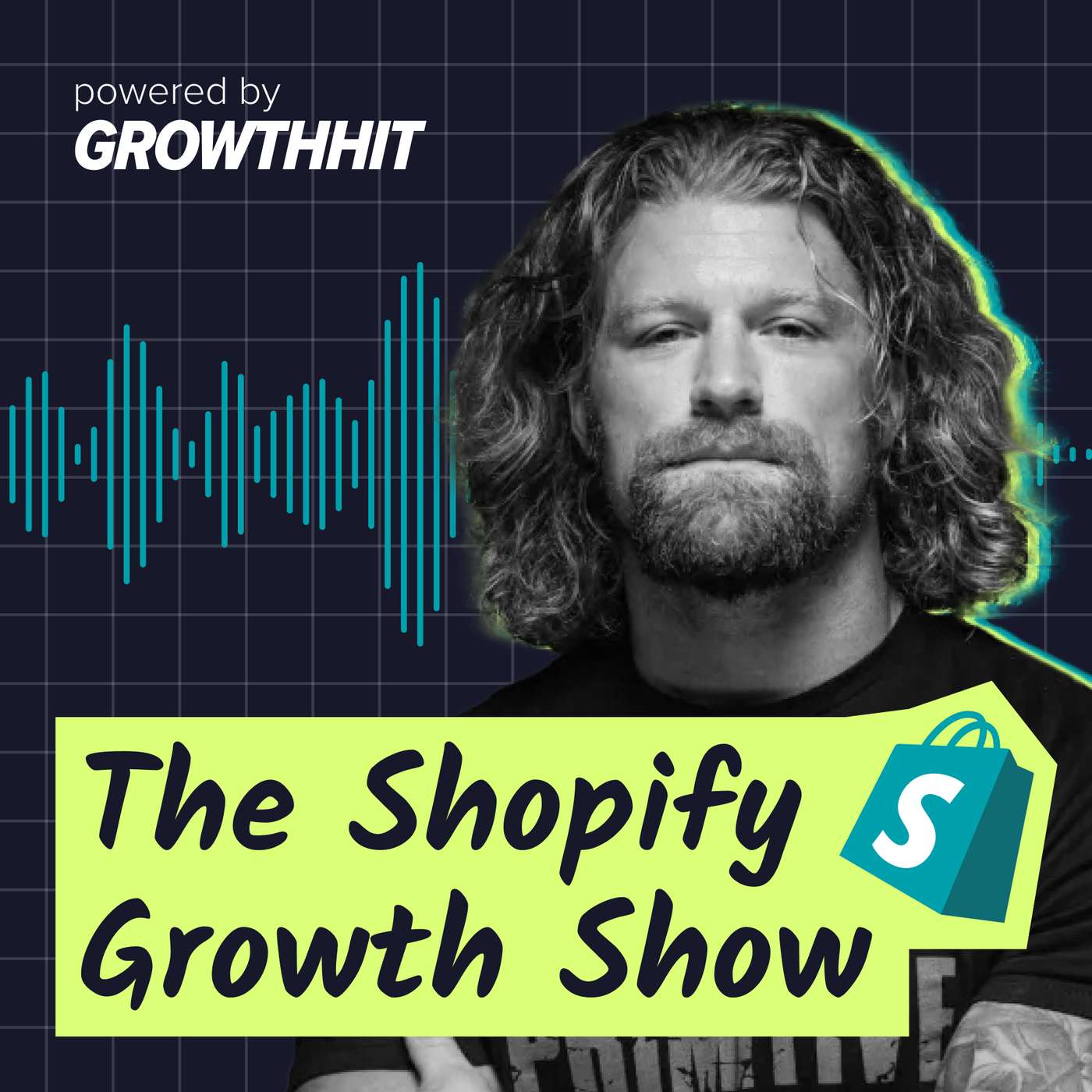
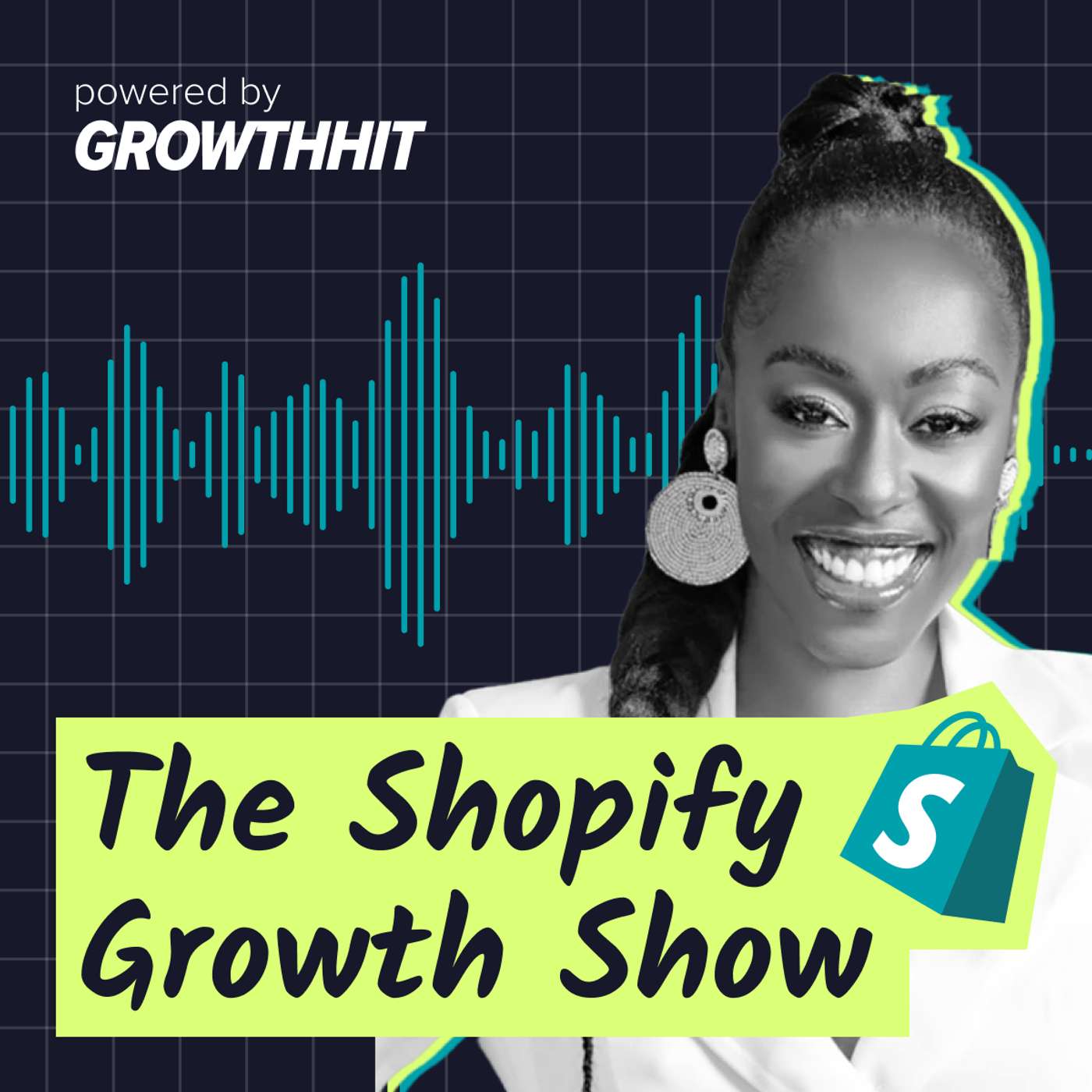
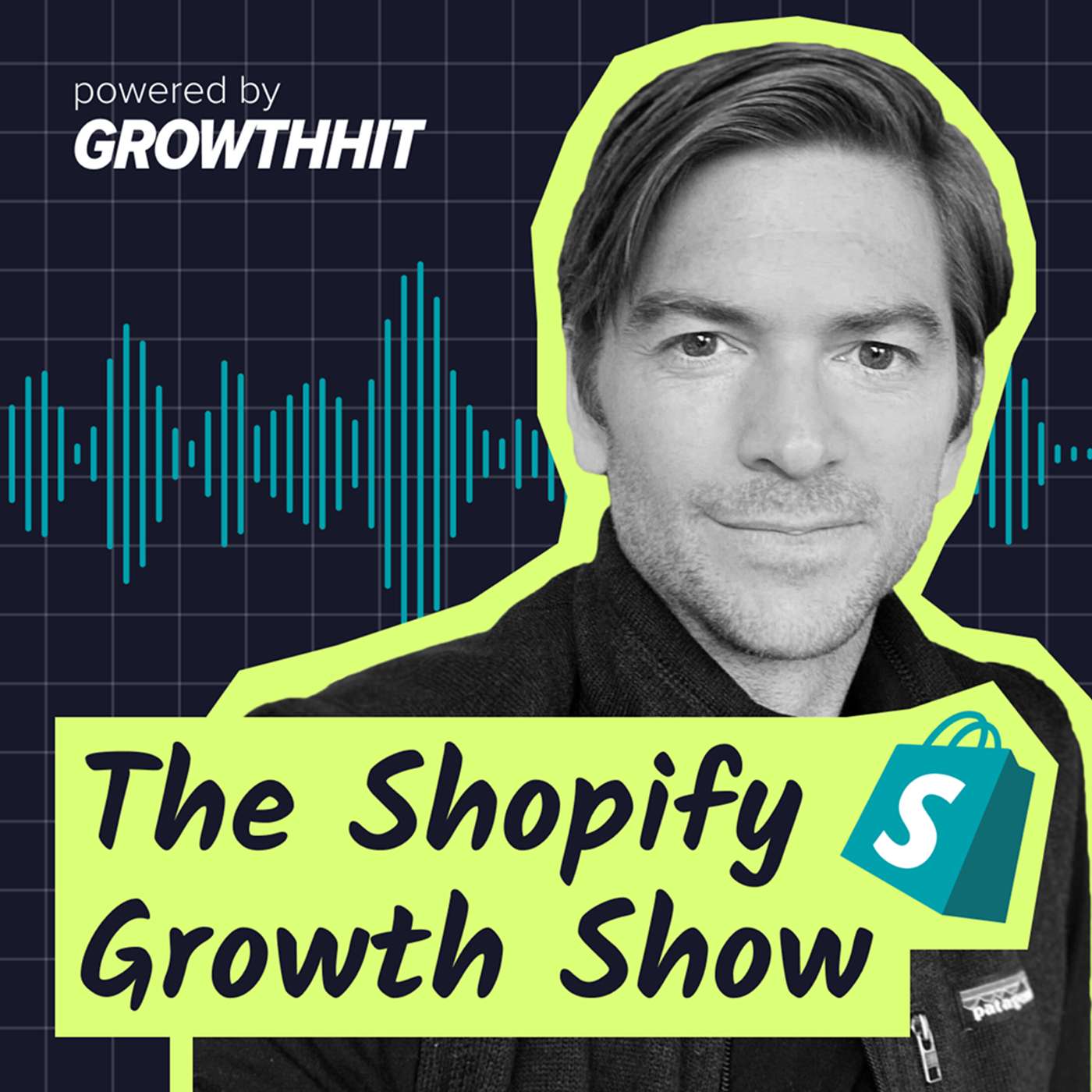
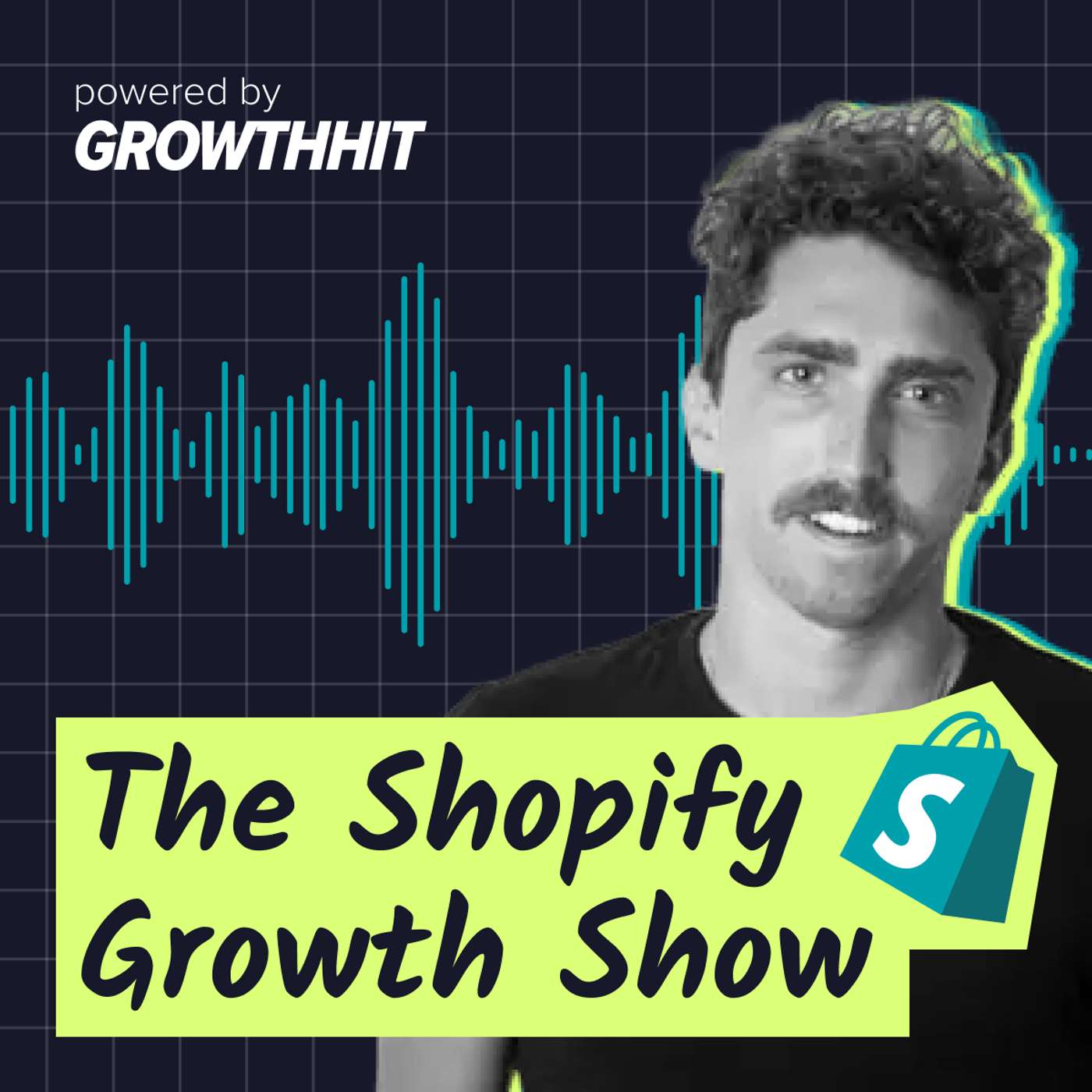
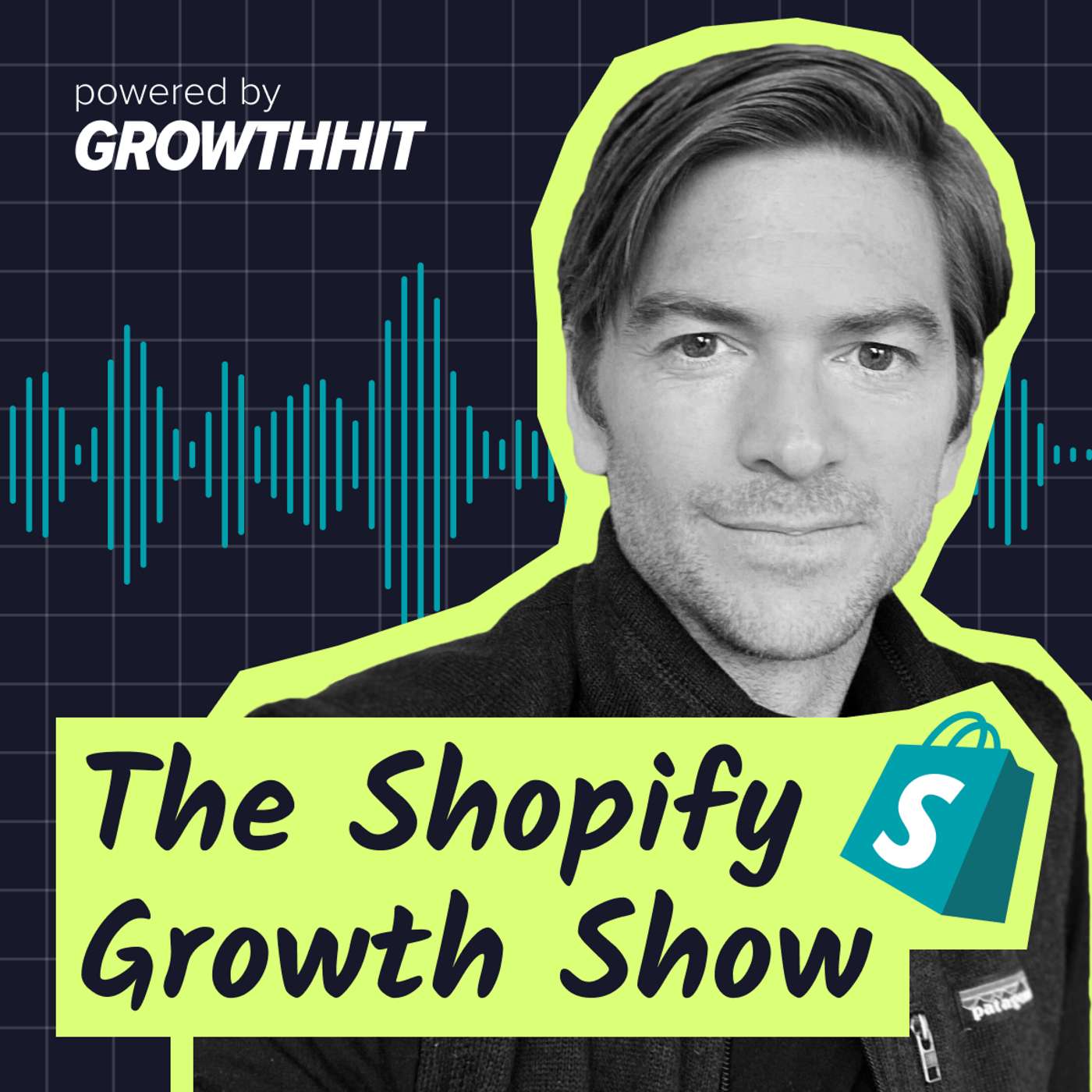



at 15:10 he is talking about two books, could you please provide more info about them?! I can't find anything...